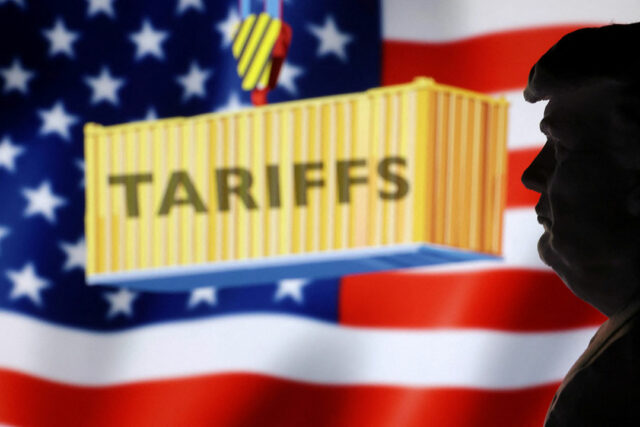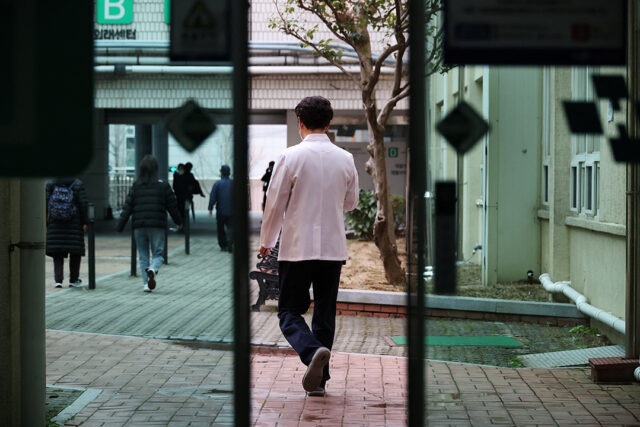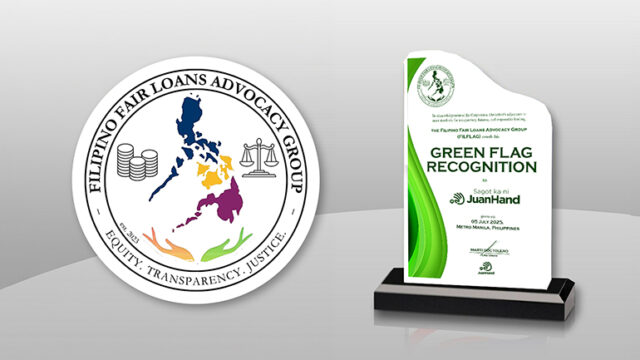US TRADING PARTNERS trying to navigate the final weeks of negotiations before President Donald J. Trump’s so-called reciprocal tariffs hit are facing a leader who has made clear he’s lost patience with talks.
Even as negotiators from Brussels to New Delhi are racing to find a way out of the punishing levies he’s floated, Mr. Trump continued to send letters unilaterally setting rates — while still allowing for a little wiggle room.
Early Saturday, Mr. Trump posted letters sent to Mexican President Claudia Sheinbaum and European Commission President Ursula von der Leyen, declaring a 30% rate for Mexico and the European Union (EU) beginning Aug. 1.
He said Mexico had failed to do enough to stop the flow of fentanyl into the US and complained that the EU’s trade deficit with the US was unfair. He suggested both partners could take steps to mitigate the rates — or he could increase them further if he didn’t like their responses.
Efforts by those countries and others to find an escape from the punishing levies are expected to intensify next week ahead of a new Aug. 1 deadline for many of the import taxes to kick in.
US Treasury Secretary Scott Bessent is heading to Japan and EU negotiators are focusing their attention on cars and agricultural tariffs in hopes of securing at least a provisional agreement.
The days ahead could also bring a fresh flurry of unilateral missives from the White House setting tariff levels on countries the president has determined no longer worthy of talks.
SUMMER OF DRAMA
A dramatic stretch in Mr. Trump’s trade war has seen some of the biggest developments yet in his tariff campaign, underscoring the risks for trading partners and raising the stakes before what the president insists is his final deadline.
His impatience erupted over recent days as he teed up a frenzied wave of tariffs for Aug. 1, hitting longtime allies like Japan and South Korea, which had struggled with negotiations because of internal political pressures, raising some rates on neighboring Canada despite Prime Minister Mark Carney’s charm offensive, and slapping an eye-popping 50% rate on goods from Brazil over unrelated political disputes.
The message was clear: Mr. Trump intends to make good on his threat to abandon painstaking negotiations and just set unilateral rates — and that a fresh barrage of tariffs are coming, not unlike the April announcement that spurred a market selloff.
For nations dependent on US trade, the window is quickly closing to determine how best to negotiate the impossible choice presented by Mr. Trump’s maximalist stance: bend the knee or dig in for a fight. The president himself has repeatedly said he’d prefer unilateral rates and the only thing stopping him was pleas from Mr. Bessent and other aides for patience.
“The real question is will Trump accept what they have on the table? Will they put a little more on the table? Where will it come out?” Wilbur Ross, Mr. Trump’s first-term commerce secretary, told Bloomberg Television Thursday.
“But worse comes to worst, he is fully prepared to go through with the tariffs and have that be the end of the story.”
Mr. Trump opened the week by extending the July 9 tariff deadline to Aug. 1 and renewing his threat to Japan and South Korea, where talks have dragged. At a cabinet meeting, Mr. Bessent boasted about the flood of taxes being collected from importers.
The president has bristled at what’s been called the “TACO trade,” with markets betting that “Trump always chickens out” on tariff threats, and insisted this extension would be the last. He also announced his long-simmering copper tariff, setting it at 50% and saying it would be enacted Aug. 1 — a levy poised to capture a wide range of derivative products. He also threatened a 200% pharmaceutical levy.
“I assume that what we are seeing here is a negotiating tactic,” said Lars Suedekum, a personal economic adviser to German Finance Minister Lars Klingbeil. “We have seen this many times in recent weeks: customs announcements followed by suspensions and customs breaks. It’s been quite a back and forth. I see no reason why it should be any different this time.”
Still, the extension set off another frenzied struggle with nations hopeful they could sway a president whose tariff agenda has moved in fits-and-starts and reversals.
India has been making progress on an interim trade deal that could reduce its proposed tariffs to below 20%, people familiar with the matter said, adding that New Delhi does not expect to receive a tariff demand letter. Even with Mr. Bessent headed to Japan, the prospect of a breakthrough is unclear and the US is awaiting a better offer from Tokyo, an American official said.
White House trade adviser Peter Navarro on Friday encouraged another country facing higher tariffs, Canada, to keep talking, underscoring that the door remains open to negotiations.
“I would urge the Canadian citizens to urge their leaders to negotiate fairly with us,” he told Bloomberg Television on Friday.
WIDENING CLASHES
Mr. Trump’s letters announcing tariffs to individual countries were initially boilerplate, distributed to partners he’d hit with elevated tariffs in his April 2 “Liberation Day” announcement, all of which run trade surpluses with the US.
But his targets have widened: He threatened a 50% rate on Brazil, pressuring that country to stop legal proceedings against his ally, Jair Bolsonaro, a major escalation demonstrating how Mr. Trump has weaponized trade powers for unrelated disputes. The move also signaled that Mr. Trump would apply elevated rates even to countries, like Brazil, with which the US runs a goods trade surplus.
He’s also been stepping up his threats against BRICS nations, vowing extra levies even if they reach some kind of accord with him.
The 35% tariff on Canada hit one of the biggest American trading partners and a country that was not facing an imminent tariff hike, like other recipients of his letters. That increase, though, is not poised to apply to energy products, which will remain at a 10% rate, or goods compliant with the USMCA trade pact.
Mr. Trump also signaled to NBC in an interview that he might simply raise blanket tariffs to 15% or 20%, up from 10% now for nearly all trading partners, though it’s not clear how widely that move would apply.
UNCERTAIN DEALS
Mr. Trump’s White House once pledged 90 deals in 90 days, but has so far only reached agreements with the UK, Vietnam and a truce lowering tariffs with China — all with caveats.
The China deal allowed the two economies to de-escalate but left many issues unresolved, while the agreement with the UK faces uncertainty over metals tariffs.
While Mr. Trump touted a deal with Vietnam, that announcement surprised the country’s leadership with a higher rate than they expected, making it more akin to his unilateral letters than a mutually agreed pact.
“I worry that we could have a situation — and I don’t know that it’ll be on Aug. 1 or the future — but we’d have a situation where he’s not bluffing, but everyone thinks he is bluffing,” said Michael Strain, director of economic policy at the American Enterprise Institute, a conservative think tank. “The more times that happens, the more worried I get that the next up will be a real deadline.” — Bloomberg






![Slum area-Poverty-JR-3[1]](https://www.bworldonline.com/wp-content/uploads/2025/01/Poverty-JR-31-640x427.jpg)










